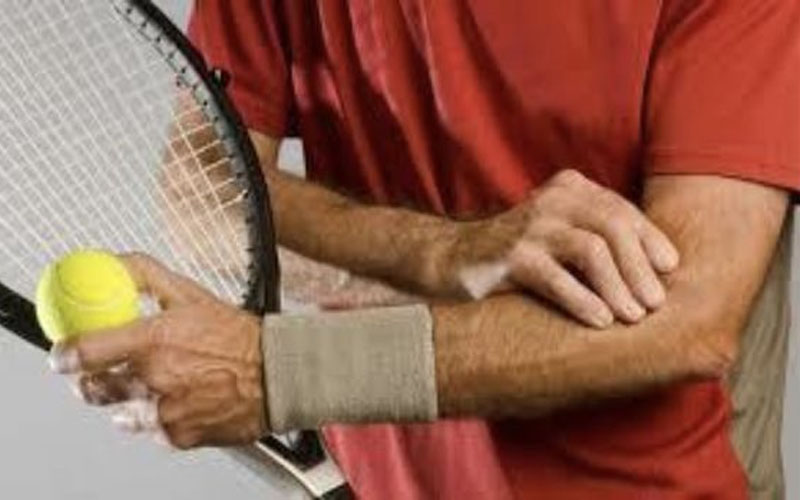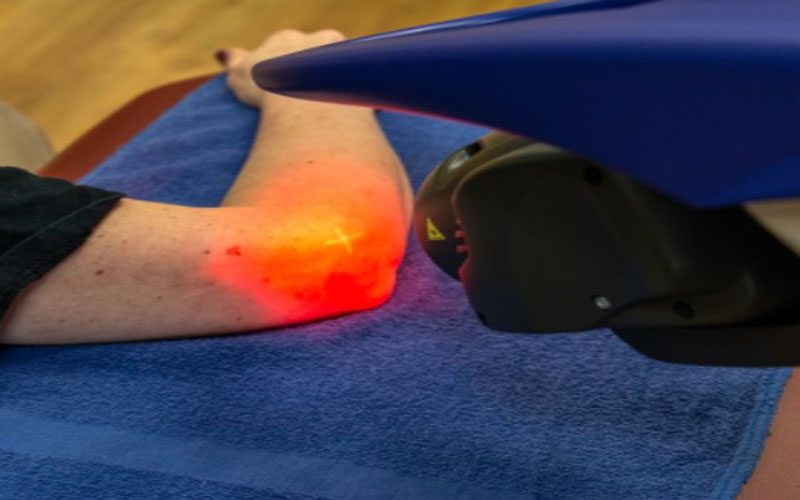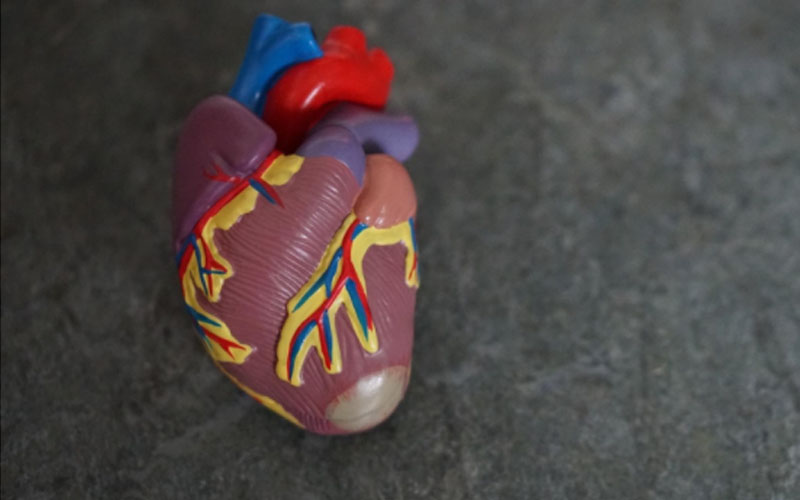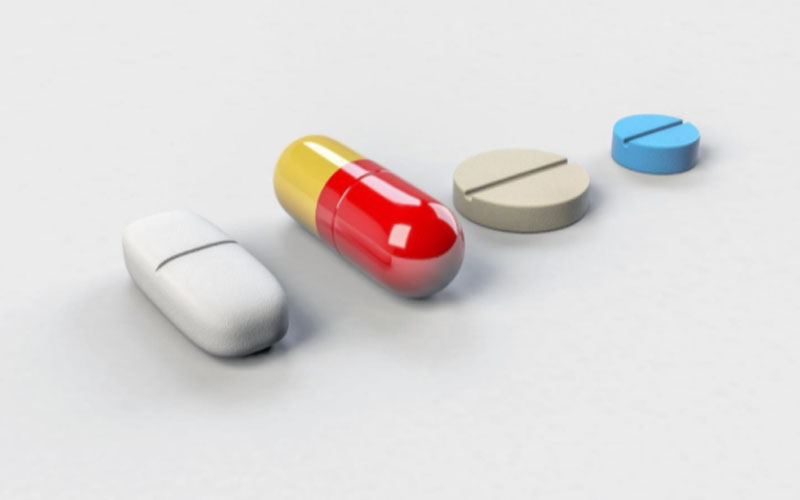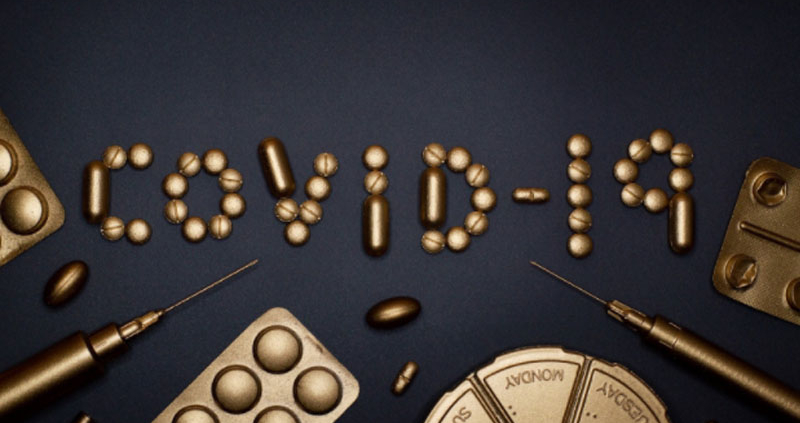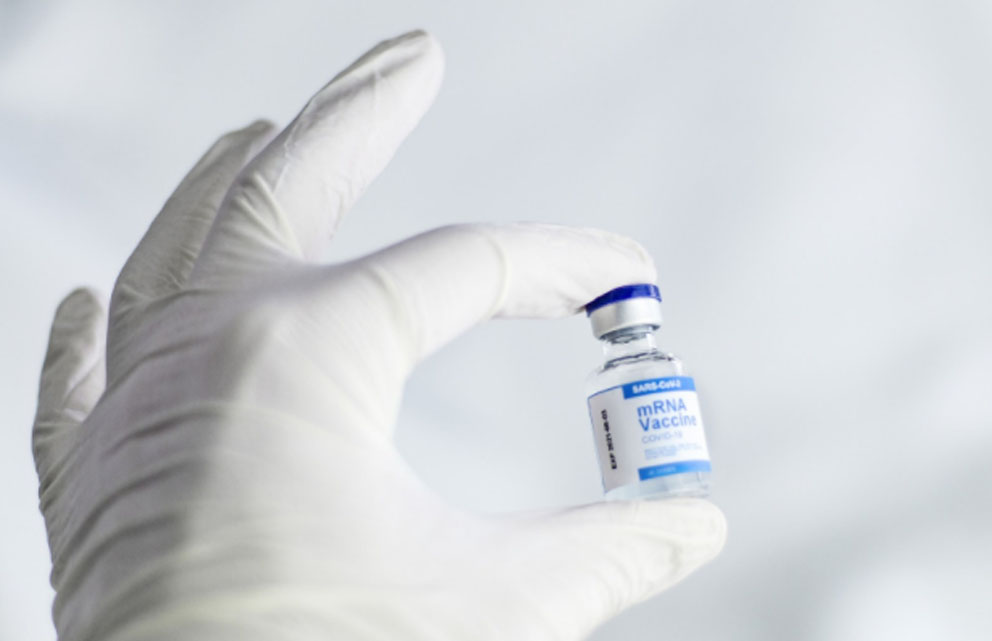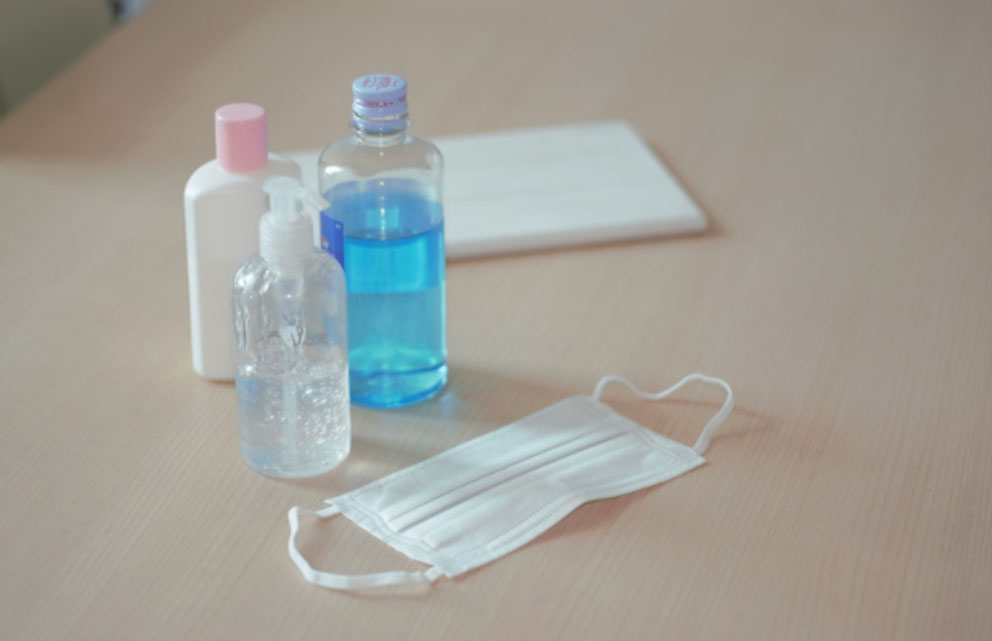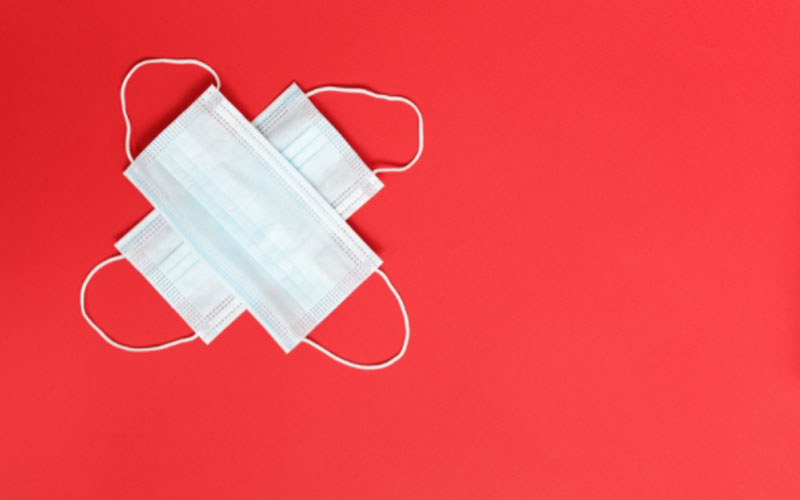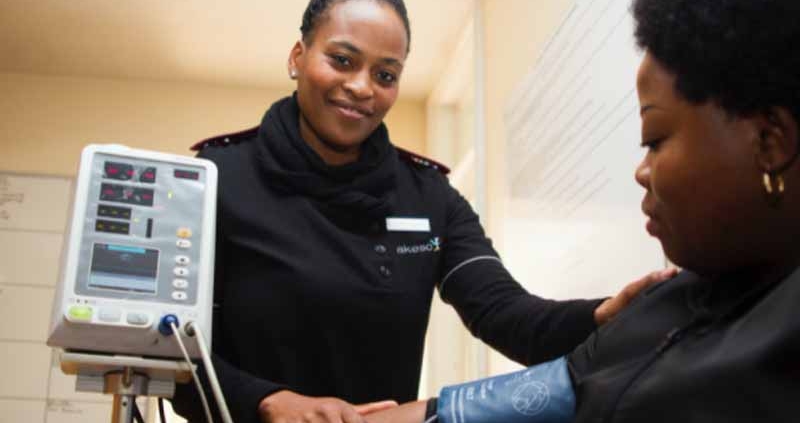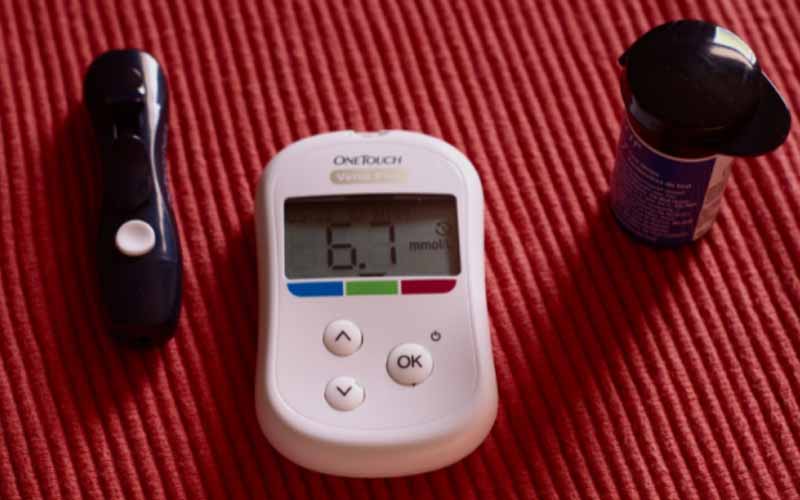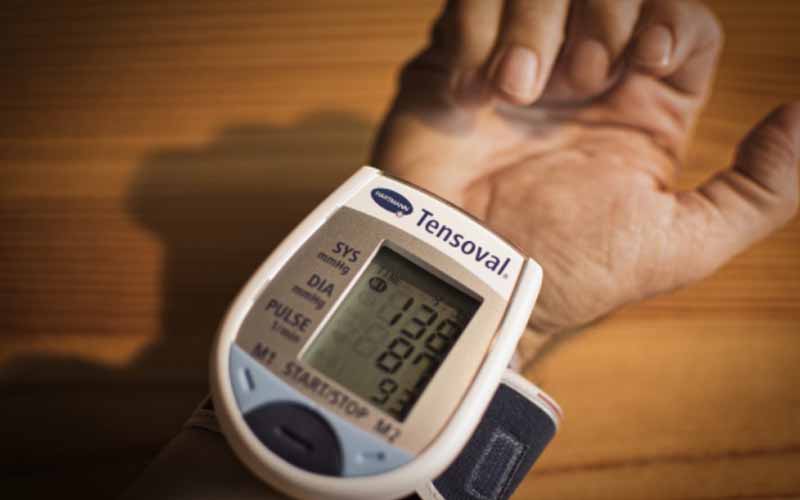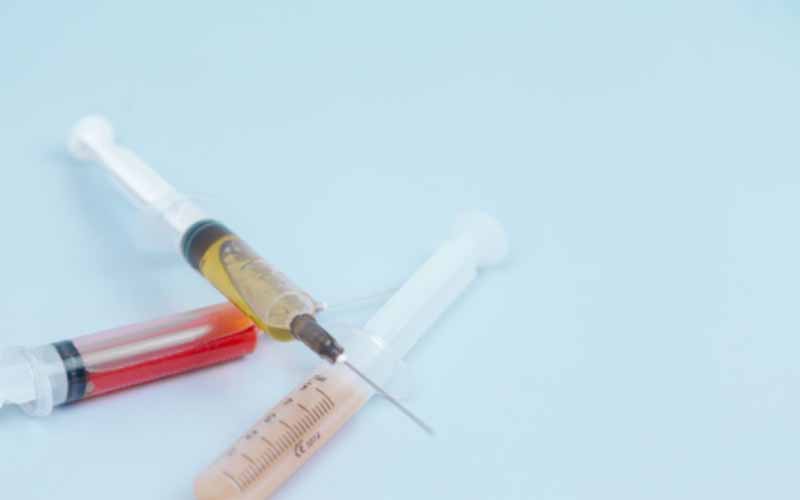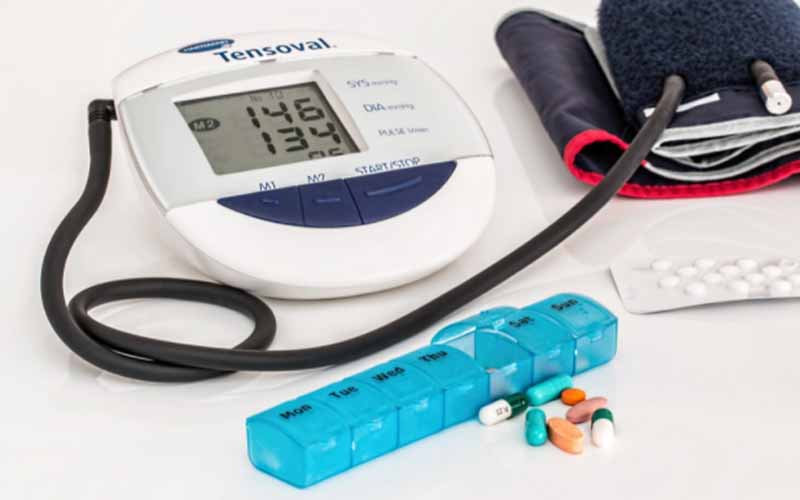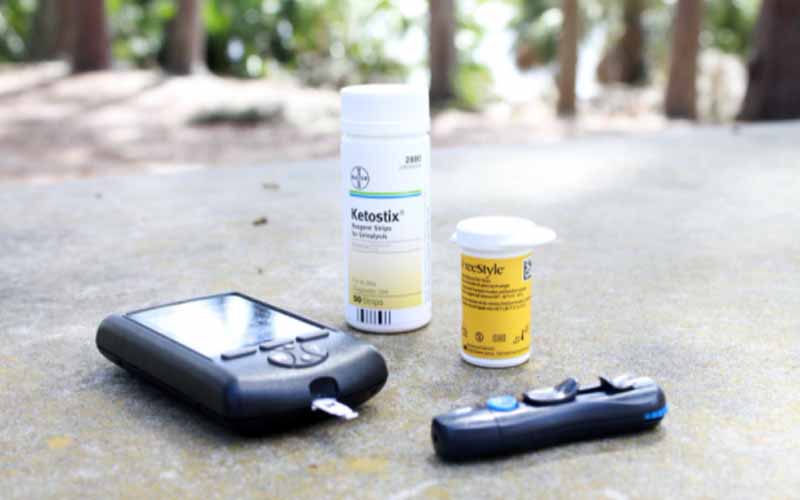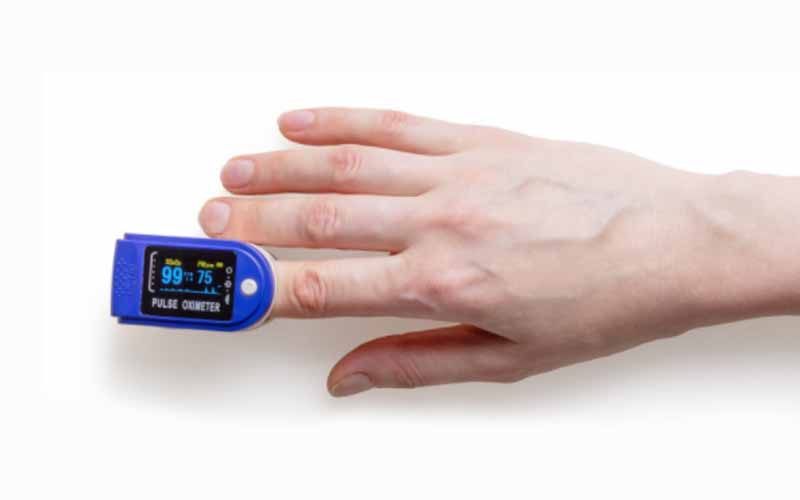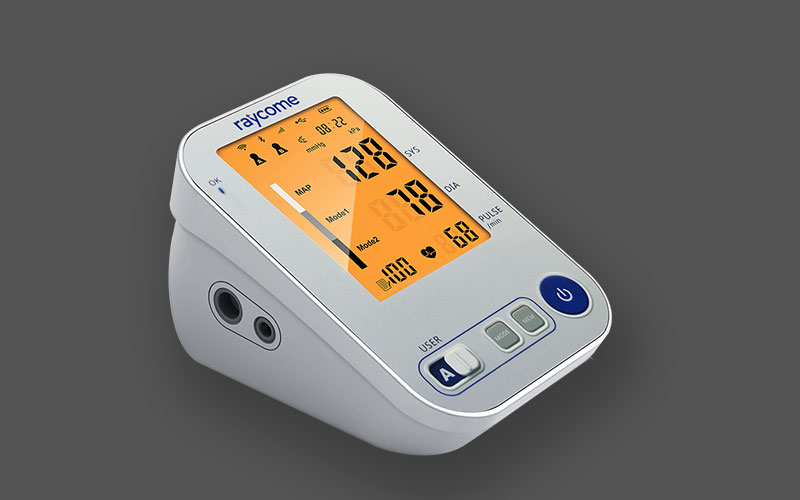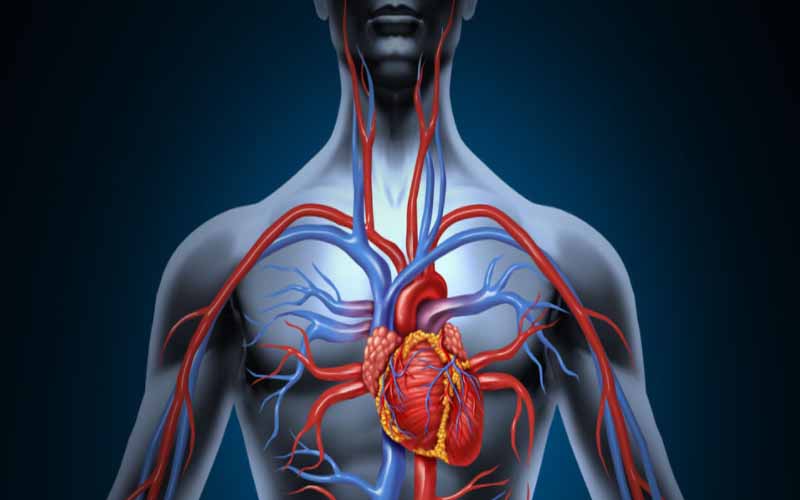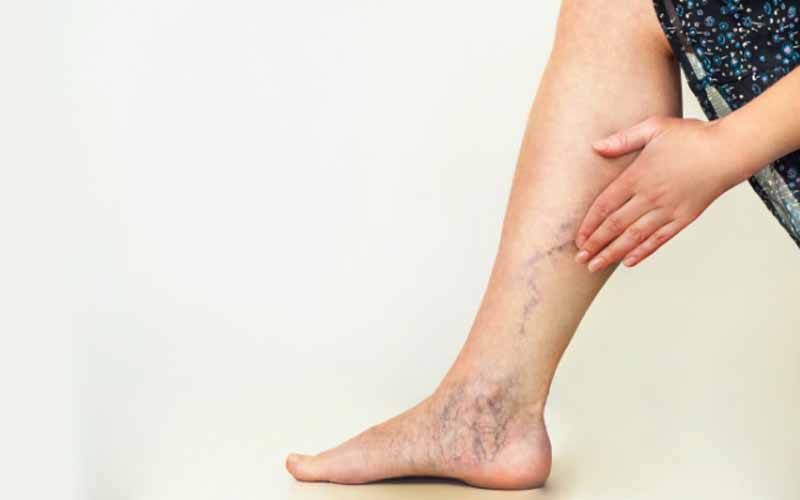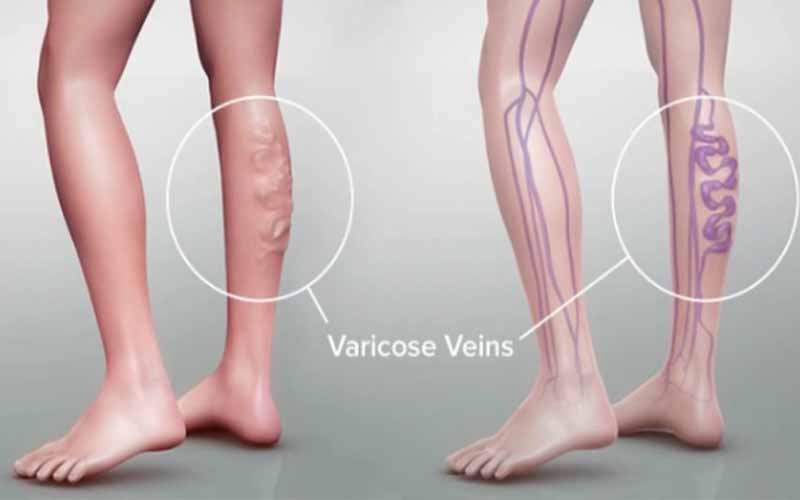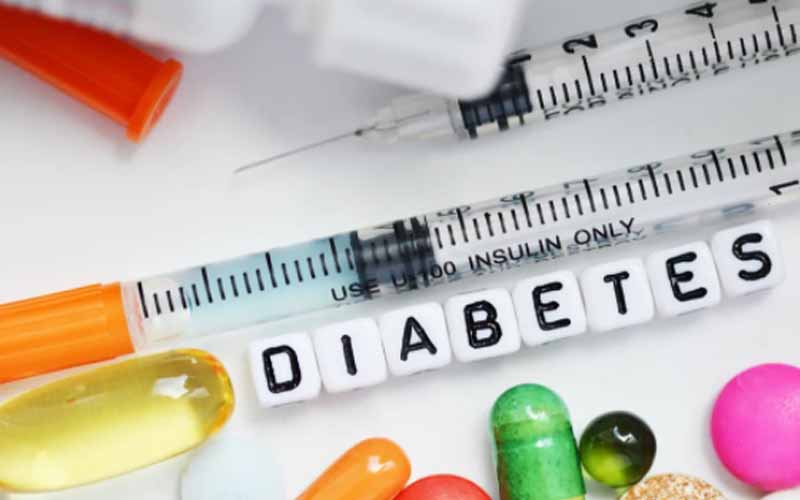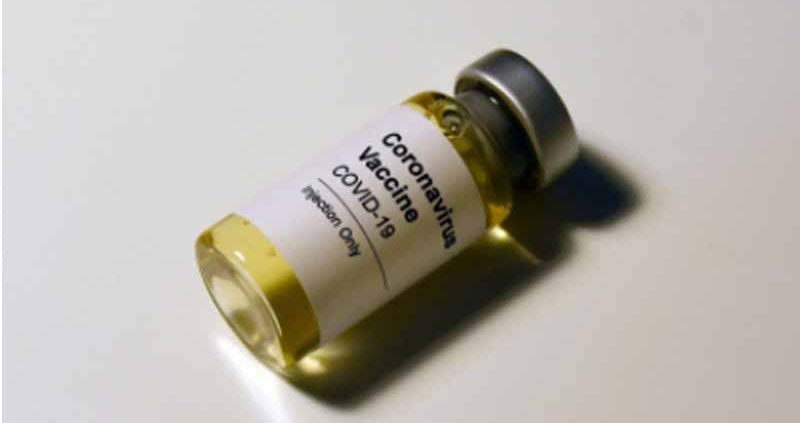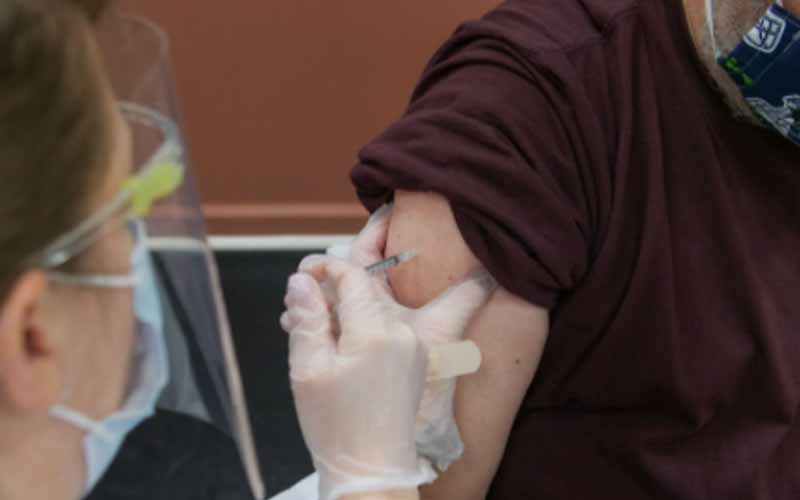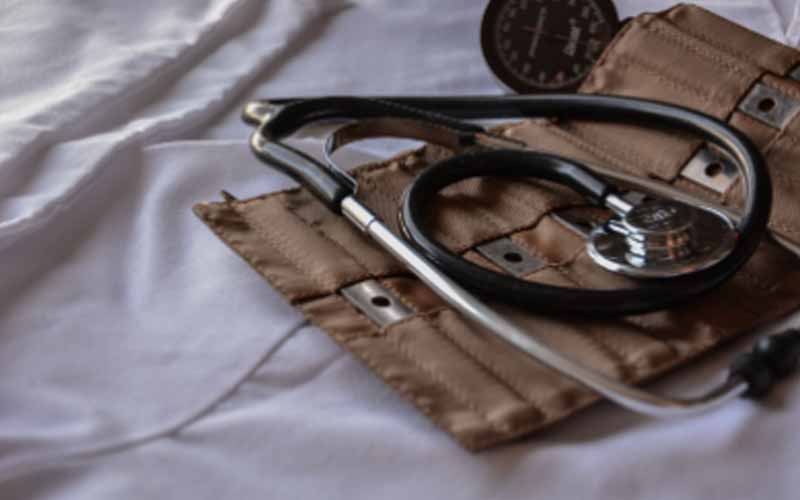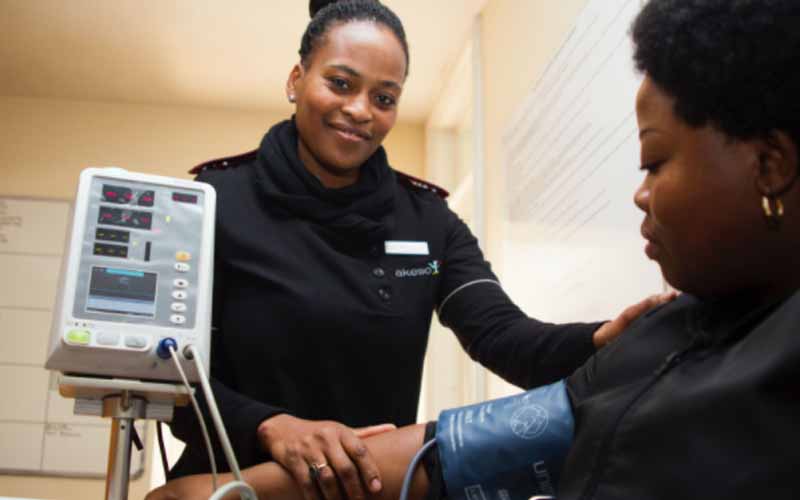Tips on Relieving Pain Between Shoulder Blades
Share
Share
When the area between your shoulders hurts, it can make your life tough. Getting groceries out of your car or your child out of their car seat can be difficult. You may have problems sleeping or working. There is assistance available regardless of how you are suffering pain between your shoulder blades. This article delves into shoulder blade pain, describing what it is, what causes it, and how to relieve pain from your shoulder blade.
Cause of Pain Between Shoulder Blades

These are a few of the reasons why you might be suffering from shoulder blade pain. This information, however, cannot substitute a physician’s formal diagnosis. If the pain between your shoulder blades persists or becomes severe, consult your doctor as soon as possible.
Arthritis is a rather frequent ailment. There are about 100 different types of arthritis, with osteoarthritis being the most common. Shoulder osteoarthritis can cause stiffness, reduced range of motion, and nocturnal shoulder pain.
Shoulder bursitis arises when the protecting sacs in your joints, called bursae, become irritated or inflamed. When you execute specific actions, such as raising your arm to the side or pressing down on the affected shoulder, you may have shoulder pain. Injuries, arthritis, and repetitive movements are all common causes of bursitis.
Although mental illnesses such as depression are labeled as such, they do involve physical components, such as pain. Even if you obtain therapy for your mental illness, if your physical symptoms are not addressed, they may persist.
Physical stress- much of that time is spent hunched over a computer, with no opportunity to change positions. Too much sitting and hunching can harm your neck, shoulders, and upper back, in addition to developing harmful illnesses including obesity and cardiovascular disease.
Exercises to Relieve the Pain

Here are a few exercises to assist you to get rid of shoulder blade pain.
Shoulder stretch- Straighten your back and shoulders. Raise one arm to shoulder height in front of you and reach it across your chest, gently dragging it with your other arm. A slight stretch should be felt in your upper back and shoulder. Hold the position for a few seconds before releasing it.
Shoulder roll- to enhance your posture and alignment, stand up straight and envision a thread tugging the top of your head toward the ceiling. Move your shoulders up toward your ears while relaxing your arms. Slowly circle your shoulders in one direction 2 to 4 times, then repeat.
Stretch your lower neck and upper back- Raise your arms above your head and clasp your hands in front of you. Drop your chin forward and reach forward, rounding your upper back and pulling your shoulder blades apart until your upper back and shoulders are stretched.
Food That Helps Relieve Pain

Certain foods might promote inflammation in your body, which can exacerbate your symptoms. Eat plenty of fruits and vegetables and avoid processed foods. Choosing omega-3 fatty acid-rich meals, such as salmon, may also help.
The Mediterranean diet, which includes a combination of antioxidant chemicals and flavonoid-rich foods, appears to be efficient in lowering LDL particle oxidizability, which may provide some insight into the Mediterranean diet’s cardiovascular advantages.
Low Laser Treatment That Relieve Pain
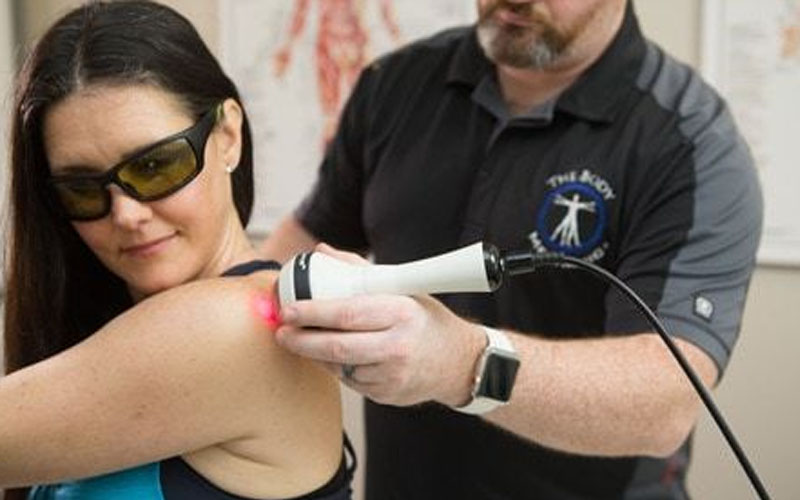
The idea that light energy from a laser can alleviate pain and inflammation, speed up tissue repair, relax muscles, and encourage nerve regeneration is far-fetched. Science, on the other hand, confirms that these impacts exist.
A laser is a monochromatic electromagnetic high concentrated light beam that is noninvasive, nonionizing, and nonionizing. Low-Level Laser Therapy (LLLT) has recently become popular in the treatment of rheumatology and musculoskeletal problems due to its analgesic, anti-inflammatory, and bio-stimulatory properties. Through direct irradiation without heat response, the LLLT causes cell proliferation, collagen formation, protein synthesis, tissue restoration, wound healing, and pain alleviation.
By reducing bradykinin, a pain-inducing neurotransmitter, the laser reduces nerve sensitivity. It produces analgesia effects by normalizing ion channels [cellular gatekeepers] and releasing endorphins [the body’s natural pain reliever] and enkephalins [related to endorphins]. On particular nerve fibers, it also has a pain-blocking effect.
Conclusion
With these suggestions, you may need to take a trial-and-error method. To test what relieves the pain under your shoulder blade, try a mix of these therapy options from us, at Raycome.
Table of Contents
Also read

Tips on Relieving Pain Between Shoulder Blades
A detailed overview of the most effective tips for relieving pain between shoulder blades.

Summer Allergies and How to Defeat Them
A detailed overview of the various forms of summer allergies and how to defeat them

Keto Diet and Hypertension: All You Need to Know
A detailed overview of the Keto diet, its effects on hypertension, and the available better diet options.

Tennis Elbow Laser Treatment
A detailed description of what tennis elbow is, its symptoms, causes, and use of laser treatment to treat tennis elbow.
















